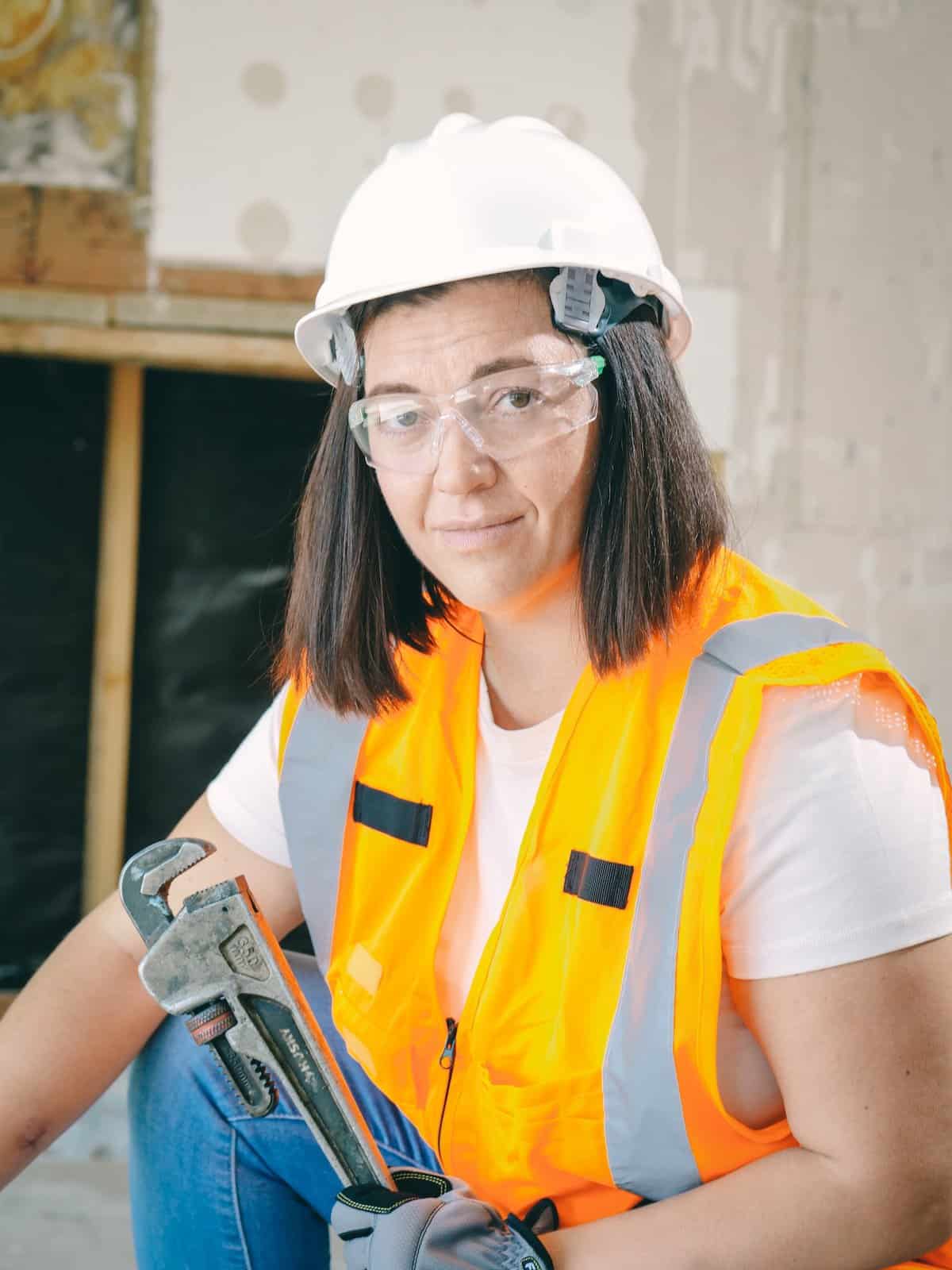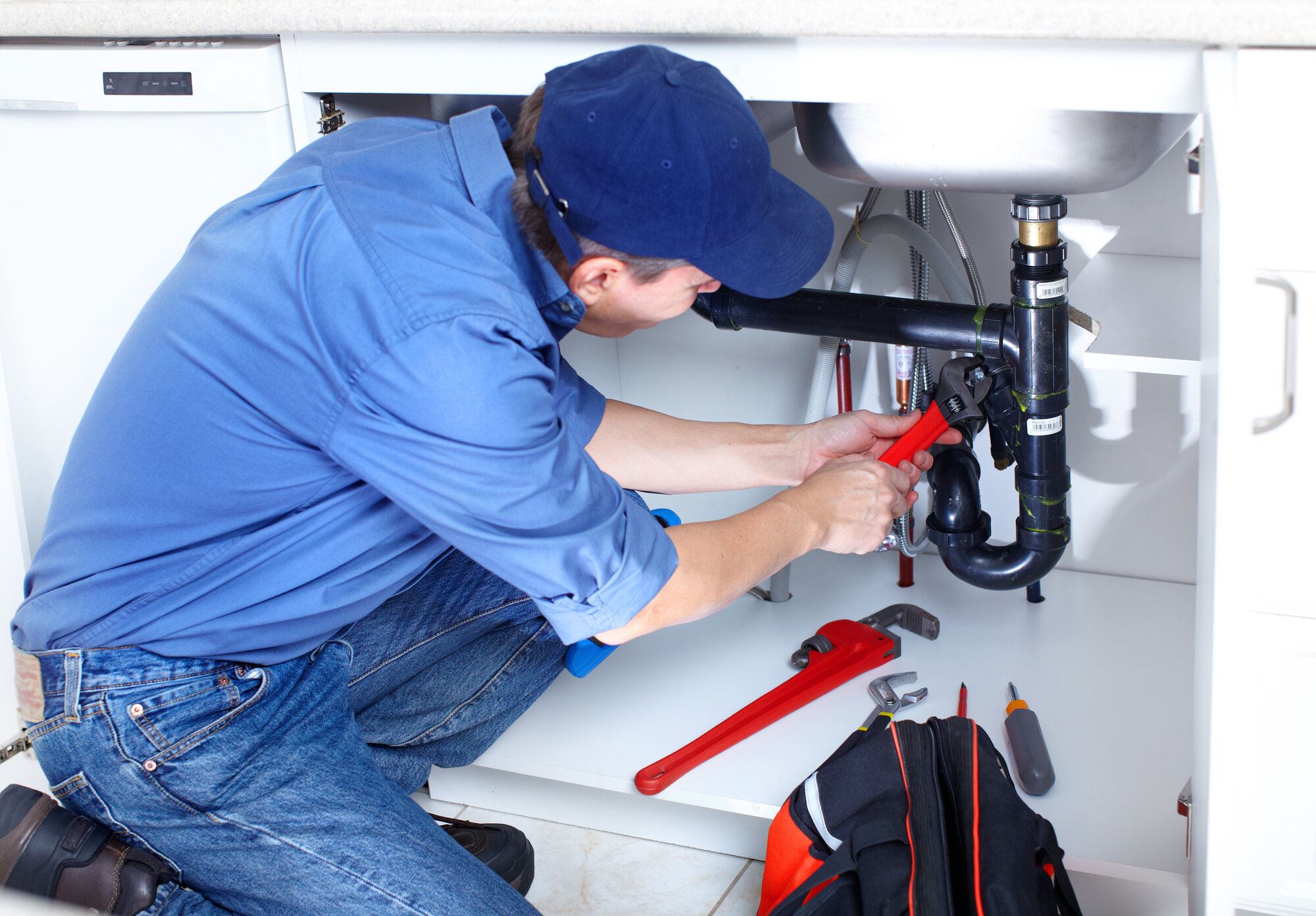Professional Water Heater Installation Alabaster AL You Can Count On
Professional Water Heater Installation Alabaster AL You Can Count On
Blog Article
A Step-by-Step Overview to Efficient Water Heater Installment for Ideal Efficiency
Getting started on the task of mounting a water heating unit is an endeavor that demands precision and a methodical technique for accomplishing optimal efficiency. As you continue, the complexities of attaching water supply lines and establishing up reliable electric or gas links wait for, appealing understandings right into making certain efficiency and dependability.
Selecting the Right Water Heating System

Following, consider the dimension and ability of the hot water heater. It's vital to evaluate your home's hot water requirements, which can vary based upon the variety of owners and their usage patterns. An unit that's as well small might lead to insufficient warm water, while an oversized version might lead to unneeded power usage.
Performance ratings additionally play a pivotal role in option. Try to find hot water heater with high Energy Factor (EF) scores, indicating superior efficiency and decreased energy usage. Tankless versions, though generally more pricey upfront, offer substantial power financial savings gradually due to their on-demand heating capabilities.
Preparing the Installment Area
Before setting up a brand-new water heater, thorough preparation of the setup location is necessary. It's important to measure the area meticulously to accommodate the water heating system's measurements, ensuring ample clearance around the system for effective procedure and maintenance.
Inspect the flooring for security, as the water heater will require a strong, level surface to operate properly. If required, set up a drip frying pan below the device to catch potential leaks or spills, preventing water damages to the surrounding area.
Furthermore, make certain that all needed devices and products get on hand before starting the setup. This includes things such as wrenches, screwdrivers, a degree, and any kind of added equipment needed for securing the heating unit and installing. A well-prepared setup location establishes the structure for an effective hot water heater configuration, maximizing performance and security.
Connecting Water Supply Lines
When connecting water system lines to your freshly mounted hot water heater, it is essential to ensure that all links are leak-free and safe and secure to keep reliable procedure and stop water damages. Begin by determining the chilly and warm water supply lines. The cool water inlet is commonly noted with a blue label or a "C", while the hot water electrical outlet is marked with a red label or an "H".
Use adaptable water heater adapters to assist in an easier installation process. Prior to affixing the ports, place a plumbing professional's tape around the threaded ends of the water heating unit's inlet and outlet pipelines.
As soon as connections are in location, slowly switch on the major water supply shutoff. Examine each link for leakages by aesthetically checking and feeling for dampness. Tighten up links as necessary, and make sure the pressure relief shutoff is appropriately set up, protecting against excessive pressure accumulation.
Establishing Electrical or Gas Connections
Appropriately establishing up the electric or gas connections for your water heating system is a vital action to make sure reliable and safe operation. For electric water heaters, start by validating that go to this website the electrical circuit is compatible with the heating unit's voltage and amperage demands.
For gas water heating systems, security is paramount. Confirm that the gas supply is off prior to proceeding. Connect the gas line to the hot water heater using a versatile gas adapter, ensuring it is properly threaded and sealed with pipeline joint compound or Teflon tape ideal for gas links. Tighten the connections with a wrench, making sure not to over-tighten (Plumber Alabaster AL).
As soon as links are made, check for any kind of possible leakages. For gas lines, apply a soapy water solution to the joints; bubbles show a leakage. For electric links, ascertain that all circuitry is protected and correctly insulated, maintaining compliance with local electrical codes.
Readjusting and examining for Effectiveness
With the electric and gas links securely in area, the next action is examining the operational performance of your water heater. Begin by meticulously transforming on the water supply and ensuring there are no leakages at any of the joints or shutoffs.
Next, execute an extensive inspection to ensure the burner or gas heaters are working properly. For electrical heaters, utilize a multimeter to confirm if the elements are attracting the appropriate current. In gas designs, observe the burner fire; it must be steady and blue, showing efficient combustion.
Change the setups as needed to remove inefficiencies. Consider executing insulation measures, such as adding a water heating system covering, to further enhance efficiency by reducing heat loss. Furthermore, check the anode pole's condition, as a deteriorated rod can decrease effectiveness and result in tank rust.
Conclusion
Reliable hot water heater setup is vital for making certain optimal efficiency and energy cost savings. By picking the proper kind and size, and thoroughly preparing the setup area, a structure for success is established. Firmly linking water supply lines and thoroughly establishing electric or gas links YOURURL.com minimize possible issues. Complete testing for leakages and exact thermostat adjustments to 120 ° F improve integrity and effectiveness. Following these steps advertises long-term functionality and energy preservation in household water heater.

Effectively establishing up the electrical or gas connections for your water heating unit is an important action to guarantee secure and efficient operation. For electrical water heating systems, start by validating that the electrical circuit is compatible with the heating system's voltage and amperage needs. Attach the gas line to the water heater utilizing a useful content flexible gas connector, ensuring it is properly threaded and secured with pipe joint substance or Teflon tape suitable for gas connections.
Report this page